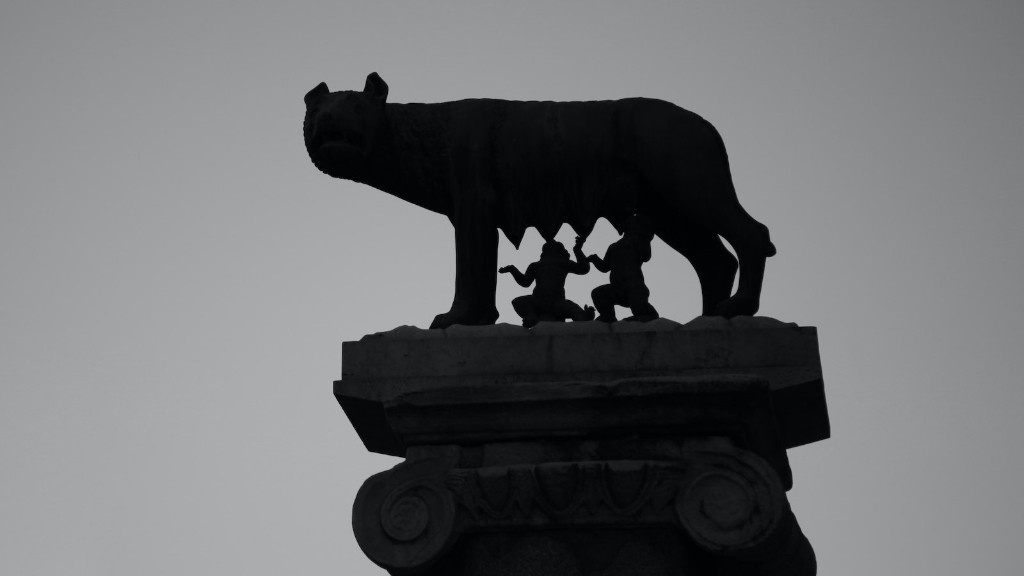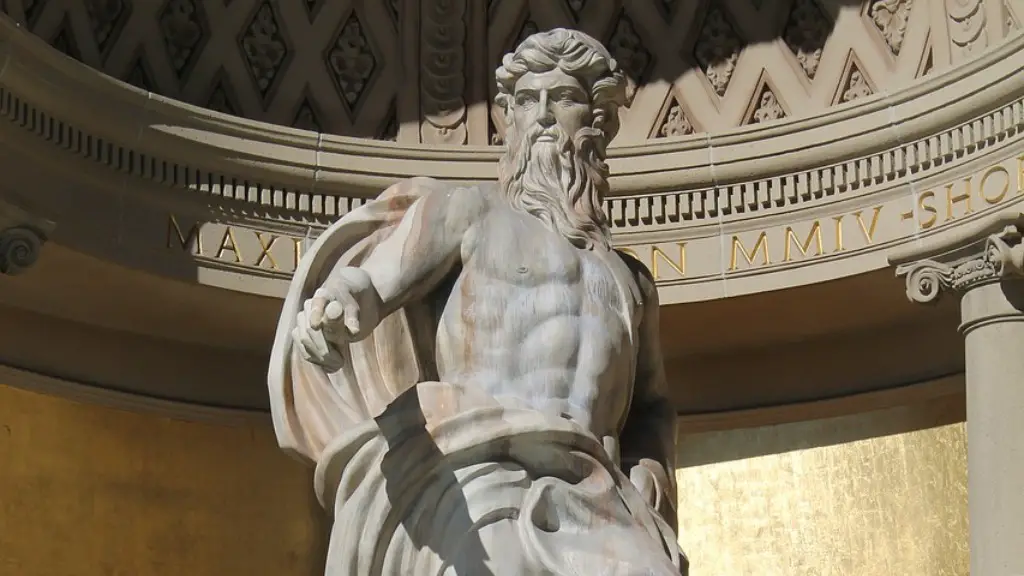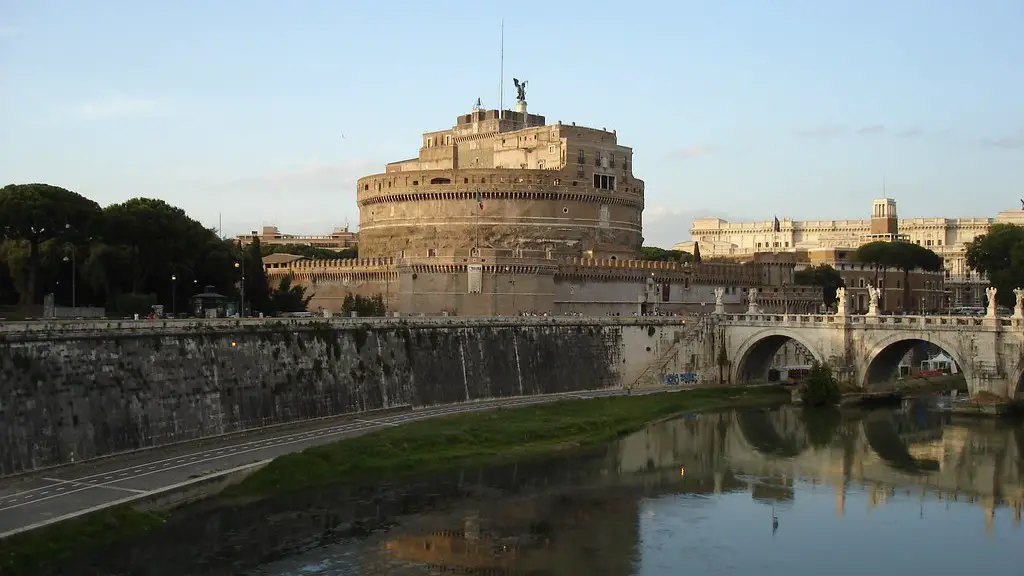Just like any other empire, ancient Rome was often in war. At its peak, the Roman Empire was one of the most powerful empires in the world. As a result, it was often involved in wars with other empires and countries.
It is difficult to determine how often ancient Rome was in war because there is no definitive record that exists of all the wars Rome was involved in. However, according to available sources, it is estimated that Rome was in almost continual warfare – either fighting offensively to expand its territory, or fighting defensively to maintain its existing territory – for the majority of its history.
How many wars did ancient Rome fight in?
It is particularly interesting to note that in a period of only 150 years, the Romans fought four separate and very significant conflicts against each other. This shows the great internal strife that was present in Roman society at this time. The first conflict was between Marius and Sulla, followed by the famous Caesar and Pompey struggle. Octavian and Antony then fought each other, and finally the last significant conflict was between Galba, Otho and Vitellius. This period of time was clearly very tumultuous for the Roman Empire.
The Punic Wars were three wars fought between Rome and Carthage. The first Punic War was fought from 264 BC to 241 BC, the second Punic War from 218 BC to 202 BC, and the third Punic War from 149 BC to 146 BC. The Punic Wars were some of the most significant wars in Roman history, and resulted in the Roman conquest of Carthage and the establishment of the Roman Empire.
Did Rome ever lose a war
Cannae was a disastrous battle for the Roman army, with a massive force being defeated at a ratio of almost 10 to 1. Reports indicate that less than 7000 of the entire Roman army escaped the field, and 10,000 Romans who were left to guard their defensive camp were also captured. This defeat was unmatched across nearly 800 years of Roman history, and was a crushing blow to the Roman army.
The Roman army was at its largest during the reign of the Emperor Septimius Severus. At its peak, the army numbered around 450,000 soldiers, divided into 33 legions and 400 auxiliary units. This was a massive force, and helped Severus to solidify his hold on power.
Who defeated the Romans the most?
The Battle of the Teutoburg Forest was a significant military defeat for Rome. It resulted in the deaths of three Roman legions and the complete annihilation of a large Roman army. The Roman Empire never recovered from this loss and the Germanic tribes were never successfully conquered by Rome.
The Roman-Persian Wars were a series of long-running military conflicts between the Roman Empire and the Persian Empire. The wars began in 54 BCE when Roman general Marcus Licinius Crassus led an invasion of Mesopotamia. The conflict continued off-and-on for over six centuries, ending in 651 CE when the last Roman-Persian War was fought. During that time, the Romans fought two successive Iranian empires, the Parthian Empire and the Sasanian Empire.
How brutal was the Roman Empire?
The Romans were known for their cruel and unusual punishments, including death by burial alive, impaling, and crucifixion. They didn’t hesitate to torture their prisoners before putting them to death, and one of their most gruesome methods was known as “The Sack.” This involved sewing a bound prisoner into a heavy sack with a snake, a rooster, a monkey, and a dog, then throwing the sack into the river. The poor victim would be mangled and drowned by the animals, and it was a slow and painful death.
The training that Roman soldiers had to go through was very tough and detailed. They had to march 20 miles a day while wearing full armor, which made the Roman armies very tough and disciplined. The training also included marching in formation and learning specific tactics and maneuvers for battle.
Has Rome ever fought Sparta
The siege of Gythium was fought in 195 BC between Sparta and the coalition of Rome, Rhodes, the Achaean League, and Pergamum. Sparta was victorious, and the Romans were forced to withdraw from the city.
Hannibal’s decision to invade Italy by crossing the Alps was a risky one, but it paid off in the early years of his campaign. By winning a series of victories at the Battle of the Trebia, Lake Trasimene, and Cannae, he inflicted heavy losses on the Romans and allowed his army to maintain a foothold in Italy.
Who finally destroyed Rome?
In 476, the Germanic leader Odoacer staged a revolt and deposed Emperor Romulus Augustulus. This event is often cited as the death blow to the Western Roman Empire. From then on, no Roman emperor would ever again rule from a post in Italy.
The Battle of Mursa was one of the bloodiest battles of the 4th century. It was fought between the Roman Emperor Constantine II and the usurper Magnentius. Although Constantine emerged victorious, both sides suffered heavy losses that severely crippled their military strength. This battle effectively ended the period of instability and civil war that had plagued the Roman Empire for over a decade.
What years was Rome the strongest
Rome reached its greatest territorial expanse during the reign of Trajan. This was a period of increasing trouble and decline began with the reign of Commodus.
The Roman Empire reached its greatest extent under the emperor Trajan in 117 CE. When Trajan died, much of the territory he conquered in Mesopotamia was quickly lost. However, from that point on, Rome’s frontiers became relatively stable.
What made the Romans so powerful?
There are several reasons for why Rome became such a powerful empire. One of the main reasons was the strength of its army. The army was able to conquer a vast amount of land, stretching from Britain all the way to the Middle East. The army was very advanced for its time and the soldiers were extremely well-trained. They had the best weapons and armour, which made them almost impossible to defeat.
According to historians, the Roman Republic was pushed to the brink of collapse on August 2, 216 BC, when the Carthaginian general Hannibal annihilated at least 50,000 of its legionaries at the Second Punic War’s Battle of Cannae. This event is considered one of the most devastating defeats in Roman history.
Who was the Romans toughest opponent
Hannibal Barca was a great general and masterful tactician who is widely considered one of the finest military leaders in history. He was the only man that Rome feared. Nowadays, the military prowess and supremacy of ancient Rome is not questioned by the public.
Today marks the anniversary of the death of one of the most influential men in history, Julius Caesar. Caesar was assassinated on this day in 44 BC by a group of senators who were unhappy with his rule. This event changed the course of history, and Rome would never be the same again.
Conclusion
There is no one answer to this question. Ancient Rome was a large and powerful empire that was often at war with other nations.
While there is no definitive answer, ancient Rome was likely in a state of war often. This is due to the fact that, at the time, Rome was one of the most powerful empires in the world. With great power often comes great conflict, as other nations and empires jockeyed for position. In addition, hostilities were common within the empire itself, as Rome was frequently embroiled in civil wars.





